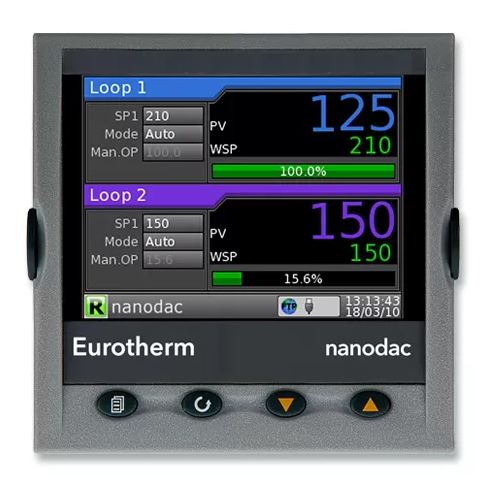Introduction
Imagine if your spoken words are somehow converted into written language, bringing research materials to life. Video transcription is converting the audio from your video into text using either manual transcriptionists, automatic speech recognition software, or both. Using this for research projects promotes organization, broadens the scope of the data, and encourages research collaboration. This article examines the need for video transcription in research projects.
Improving research projects with video transcription
There are multiple benefits of using video transcription for research projects. Some of these are mentioned below –
1. Enhanced Searchability:
Converting videos into searchable transcripts makes the research materials simpler o navigate. Identifying specific sections, keywords, or topics in the project becomes easier. This boosts productivity and makes it quicker to obtain essential information, ensuring that researchers get the most insightful information out of their data.
2. Saving time and effort:
Researchers can rapidly scan the transcribed teto find relevant data rather than spend hours watching and replaying videos. The study process is sped up because of this time-saving feature, which enables them to concentrate more on data analysis and interpretation.
3. Improved Evaluation of Data
Video transcription enables researchers to use text-based analysis approaches to examine the written text of the transcribed videos. Video transcription services employ techniques like keyword extraction, which identifies crucial words or phrases. Also, sentiment assessment determines the emotions expressed in the text. These methods help researchers comprehend the research material better by bringing to light concealed patterns, trends, and connections that traditional video analysis could have missed.
4. Accurate Referencing and Quoting:
A written record of spoken content is provided by video transcription, assuring accurate documentation of research materials. The transcribed text allows researchers to exactly quote and cite particular sections, adding credibility to their findings. This thorough documentation makes the study more accessible and consistent, facilitating additional research and assessment by other researchers.
5. Research collaboration:
By providing an integrated and available resource, video transcription encourages research collaboration. Team members can effortlessly share transcribed material, facilitating effective collaboration and information transfer. Collaborators can refer to the transcribed text during conferences, seminars, or discussions, ensuring that crucial ideas and debates are precisely recorded and readily available to all participants.
6. Multilingual availability
Spoken content can be translated into several languages thanks to video transcription. This makes it easier for researchers to collaborate across cultures and reach a larger audience. Research projects’ inclusiveness and scope are increased.
7. Boosts SEO and video views
In order to improve SEO and video views, video or audio content should be transcribed. The likelihood of a transcription appearing higher in search results is increased by including keywords and phrases that people frequently use. Transcripts also improve user experience by adding context and additional information. Researchers may effectively turn audio content into written text by including audio transcription services, boosting user experience, increasing video views, and optimising their content for search engines.
8. Future Reference
Video transcription is an excellent tool for storing research information for future use. Researchers can readily preserve and refer to the textual records they produce by transcribing videos. This helps preserve knowledge for future use by assisting in reproducing and replicating findings from studies.
Conclusion
In summary, video transcription can be quite beneficial for research projects. It improves searchability and data organisation, reduces the need for manual video assessment, and makes accurate documentation and quotation. Additionally, transcriptions provide text-based analytical tools which highlights underlying links and trends in the research material. Furthermore, video transcription fosters teamwork, knowledge exchange, and multilingual accessibility. Researchers can improve data analysis, streamline their workflow, and improve the overall quality and impact of their research initiatives by taking advantage of these benefits.




